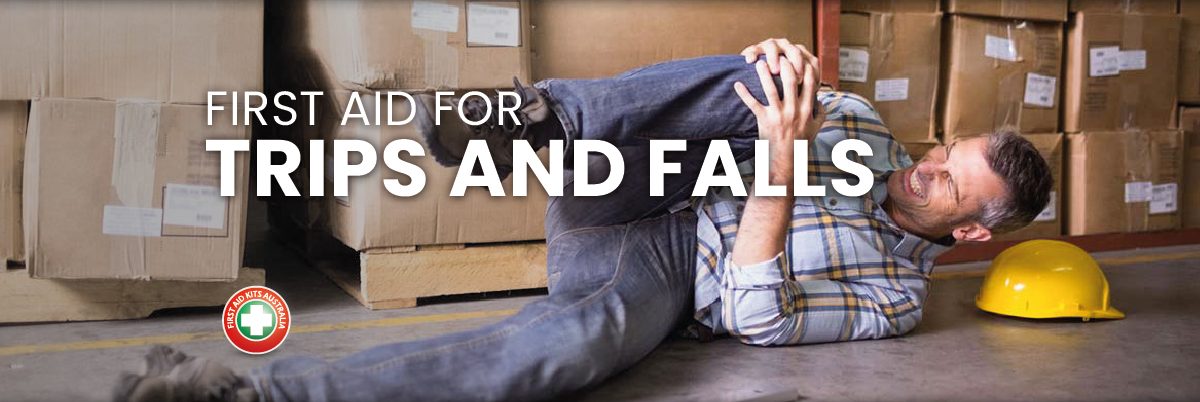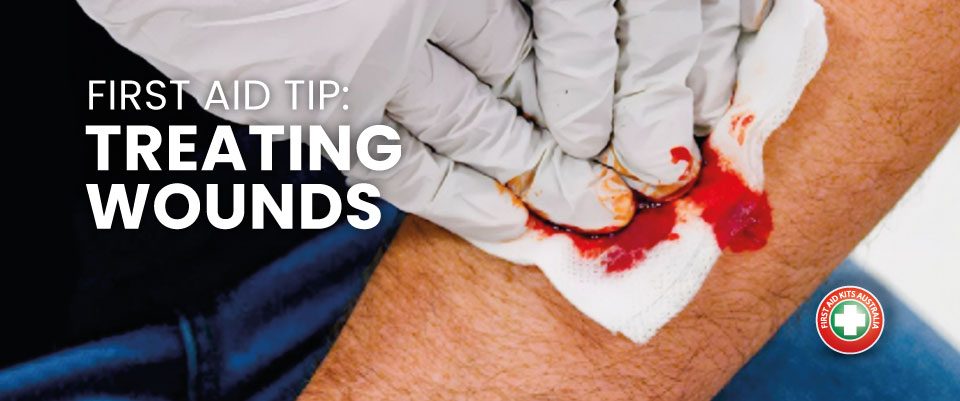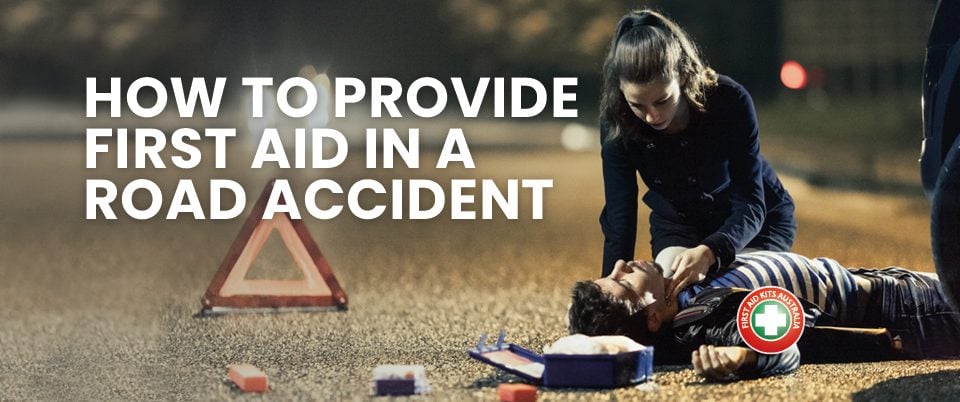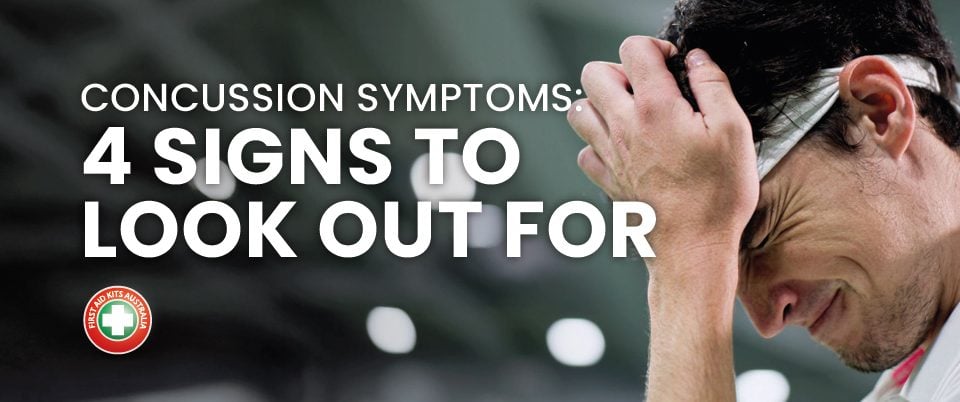
New First Aid Kit Restocking Feature
26 June 2023
First Aid Kit Location, Care & Maintenance
7 August 2023This blog post will provide important first-aid tips for safety. It will also discuss common injuries that occur from falls at home and work. Additionally, it will explain the significance of having a first-aid kit.
Common Injuries from Trips and Falls
Trips and falls can lead to a range of injuries, varying in severity. Here is a list of the most common lesions and their corresponding first-aid measures:
- Cuts and Abrasions: When someone falls, cuts and abrasions can occur. Wash the wound with soap and water, put on antiseptic, and cover it with a clean bandage.
- Sprains and Strains: Twisting or overstretching a joint can result in sprains and strains. Follow the R.I.C.E. to treat the injury:
- Rest the hurt part.
- Put ice in a cloth to reduce swelling.
- Use bandages to compress the area.
- Elevate the hurt limb.
- Fractures and Dislocations: Falls from a height or high-impact accidents can lead to fractures or dislocations. Immobilize the injured area using splints or improvised materials, and seek immediate medical attention.
- Head Injuries: Falls can sometimes result in head injuries, including concussions. If someone experiences a blow to the head, monitor them for symptoms like dizziness, confusion, or loss of consciousness. Seek medical attention promptly.
Essential First Aid Tips for Home and Workplace Safety
Here are some essential first aid tips for trips and falls at home and in the workplace:
- Create a Safe Environment: Identify potential hazards, such as loose cords, slippery floors, or cluttered areas. Keep walkways clear and secure rugs to prevent tripping. Install handrails on staircases and ensure adequate lighting in all areas.
- Responding to Falls: Follow the DRSABCD always! Then check for injuries and call for professional medical help if necessary. If the person is conscious and can move, assist them in getting up slowly. If they complain of severe pain or exhibit signs of a serious injury, avoid moving them until medical professionals arrive.
- Basic Wound Care: Clean cuts and scrapes with mild soap and water. Apply an antiseptic solution and cover the wound with a sterile dressing. Replace dressings regularly to promote healing and prevent infection. To learn more read our First Aid Tips: Treating wounds
- Pain Relief: Over-the-counter pain relievers such as ibuprofen can help alleviate pain resulting from minor injuries. Follow the recommended dosage instructions and consult a healthcare professional if needed.
- Cardiopulmonary Resuscitation (CPR): CPR is a life-saving technique used when someone is unresponsive and not breathing normally. Read our blog “The chain of survival” to learn everything you need to know and gain confidence in providing immediate assistance during emergencies.
The Importance of Having a First Aid Kit
Having a readily accessible first aid kit is vital for several reasons:
- Immediate Response: Trips and falls can result in various injuries, such as cuts, bruises, sprains, and fractures. With a first aid kit, you can provide immediate care and prevent the escalation of injuries before professional medical help arrives.
- Timely Treatment: Prompt first aid intervention can make a significant difference in the recovery process. With a good first aid kit, you can treat injuries fast, reducing complications and helping wounds heal faster.
- Safety Awareness: The presence of a first aid kit demonstrates a commitment to safety and preparedness. It reminds people to prioritize health and well-being, encouraging them to be careful of potential dangers.
Conclusion
Trips and falls can occur anywhere, posing risks to our well-being. Be ready with a good first aid kit and know how to do basic first aid. This will help you handle emergencies at home and work. Prompt action can prevent further harm and expedite the recovery process.
Remember, safety awareness, hazard identification, and a commitment to preparedness play vital roles in preventing accidents. To prevent trips and falls, ensure you have a first aid kit, know basic first aid, and make your surroundings safe. Let’s prioritize safety and be prepared to handle unforeseen situations in our daily lives.






